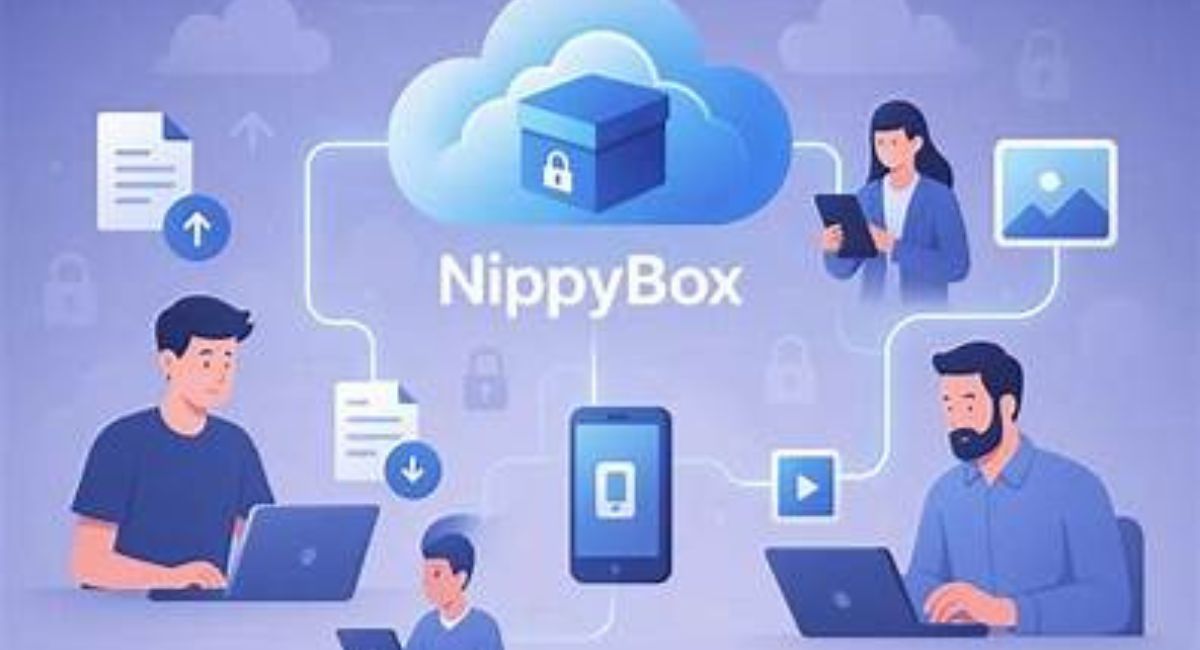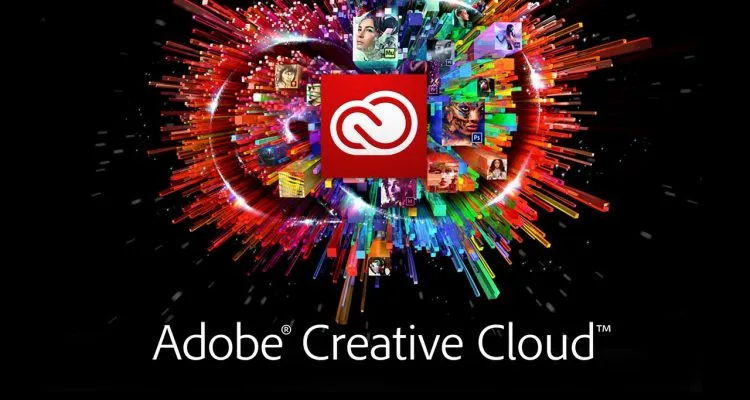Blockchain technology has become one of the most talked-about innovations in recent years, transforming industries ranging from finance to supply chain management and beyond. But what exactly is blockchain, and why does it matter?
This blog will provide a clear, comprehensive breakdown of how blockchain technology works, its real-world applications, and why it’s considered revolutionary. If you’ve been curious about blockchain but find it complex or intimidating, you’re in the right place.
What is Blockchain Technology?
At its core, blockchain is a type of distributed ledger technology (DLT). It allows data to be recorded, shared, and stored across multiple networks in a secure and transparent way. Here’s a quick breakdown of its key features:
- Decentralized
Unlike traditional databases that are managed by a central authority, blockchain operates on a decentralized network of computers (nodes).
- Immutable
Once data is recorded in a blockchain, it cannot be altered or deleted. This feature ensures data integrity and transparency.
- Chronological
Data in a blockchain is added in the form of blocks, which are linked sequentially, creating a “chain” of information.
- Cryptographically Secure
Each block is encrypted and linked to the previous block using complex algorithms, making it incredibly difficult to tamper with.
Blockchain is best known as the technology behind cryptocurrencies like Bitcoin and Ethereum, but its potential goes far beyond digital currencies.
How Does Blockchain Work?
To understand how blockchain operates, think of it as a book where every page represents a “block” and the entire book is the “chain.”
- A transaction is initiated
For instance, Alice sends Bob some cryptocurrency or another piece of data over the network. This could be anything from money to a contract or even medical records.
- Verification
The network nodes validate the transaction by solving complex mathematical problems, ensuring that Alice has enough balance and isn’t trying to send assets she doesn’t own. This process is known as “consensus.”
- Block creation
Once verified, the transaction is grouped with others into a block. A timestamp, unique identifier (called a hash), and reference to the previous block’s hash are attached.
- Block addition
The block is added to the chain in chronological order, remaining there permanently.
- Decentralized record
Every node in the network has an updated copy of the blockchain, ensuring transparency and reducing the risk of a single point of failure.
This process is what makes blockchain systems transparent, secure, and decentralized.
Why is Blockchain Important?
Blockchain technology offers several benefits that make it stand out:
1. Security
Blockchain uses advanced cryptography to secure data, making it extremely difficult for hackers to alter or manipulate the system.
2. Transparency
Every transaction is recorded on a public ledger, allowing participants to verify and track their data. This feature makes blockchain a valuable tool in industries like supply chain management, where transparency is key.
3. Decentralization
By eliminating the need for a central authority, blockchain reduces bottlenecks, lowers costs, and increases system resilience.
4. Efficiency
Blockchain automates processes like verification, removing intermediaries and reducing the time required for transactions.
5. Trust
With immutable records and transparent processes, blockchain builds trust among participants—even if they don’t know or trust each other directly.
Real-world Applications of Blockchain Technology
Blockchain is far more than just a buzzword in the tech world. Here are some of the most impactful applications across various industries:
1. Cryptocurrencies
This is undoubtedly blockchain’s most famous use case. Cryptocurrencies like Bitcoin, Ethereum, and thousands of others rely on blockchain technology to function. It enables secure, peer-to-peer financial transactions without the need for banks or intermediaries.
2. Supply Chain Management
Blockchain provides real-time tracking of products and materials throughout the supply chain. Companies like Walmart are using blockchain to monitor food safety by tracing the origin of produce within seconds.
3. Healthcare
By securely storing patient records on a blockchain, healthcare providers can improve data security and interoperability. Blockchain can also be used to ensure the authenticity of pharmaceutical products.
4. Finance
Banks and financial institutions are adopting blockchain to speed up cross-border transactions, reduce fraud, and enhance security. According to Deloitte, blockchain could save financial institutions up to $12 billion annually.
5. Smart Contracts
Blockchain enables programmable contracts, known as smart contracts, which execute automatically when certain conditions are met. These are used in areas like real estate (automating property transactions) and insurance (speeding up claims).
6. Voting Systems
Blockchain has the potential to revolutionize democracy by enabling secure, transparent, and tamper-proof electronic voting systems.
7. Entertainment and Intellectual Property
With blockchain, creators can protect their intellectual property and receive fair compensation by tracking royalties and licensing agreements in real-time.
Challenges and Limitations of Blockchain
While the potential of blockchain is undeniable, it isn’t without challenges:
1. Scalability
Blockchain networks can become slower as they grow, especially compared to centralized systems.
2. Energy Usage
The consensus mechanisms used in some blockchains, like Bitcoin’s Proof of Work (PoW), consume significant amounts of energy.
3. Complexity
The technical nature of blockchain can make it difficult for people to understand and adopt.
4. Regulation Issues
Governments worldwide are grappling with how to regulate blockchain, especially in sectors like finance.
5. Interoperability
Many blockchains operate independently, and creating systems that work seamlessly across different blockchains remains a challenge.
However, innovations like Proof of Stake (PoS) and blockchain bridges are addressing some of these limitations, paving the way for broader adoption.
How to Get Started with Blockchain Technology
If you’re interested in implementing blockchain in your business or exploring its potential, here’s how to start:
Educate Yourself
Dive into the basics of blockchain by reading blogs, taking online courses, or attending webinars. Platforms like Coursera and Udemy offer excellent blockchain courses.
Identify Use Cases
Analyze how blockchain can address specific problems or inefficiencies in your industry. For example, if you’re in retail, consider using blockchain for supply chain transparency.
Partner with Experts
Collaboration is key. Work with blockchain experts or tech companies to explore solutions tailored to your needs.
Experiment
Start small. Deploy a pilot project to test blockchain technology within your organization before scaling it up.
Blockchain is Transforming Business. Are You Onboard?
Blockchain technology isn’t just a momentary trend; it’s the foundation for a more secure, transparent, and efficient future. Whether you’re a small business owner, a tech enthusiast, or an industry leader, understanding blockchain is key to staying competitive in this increasingly digital world.










